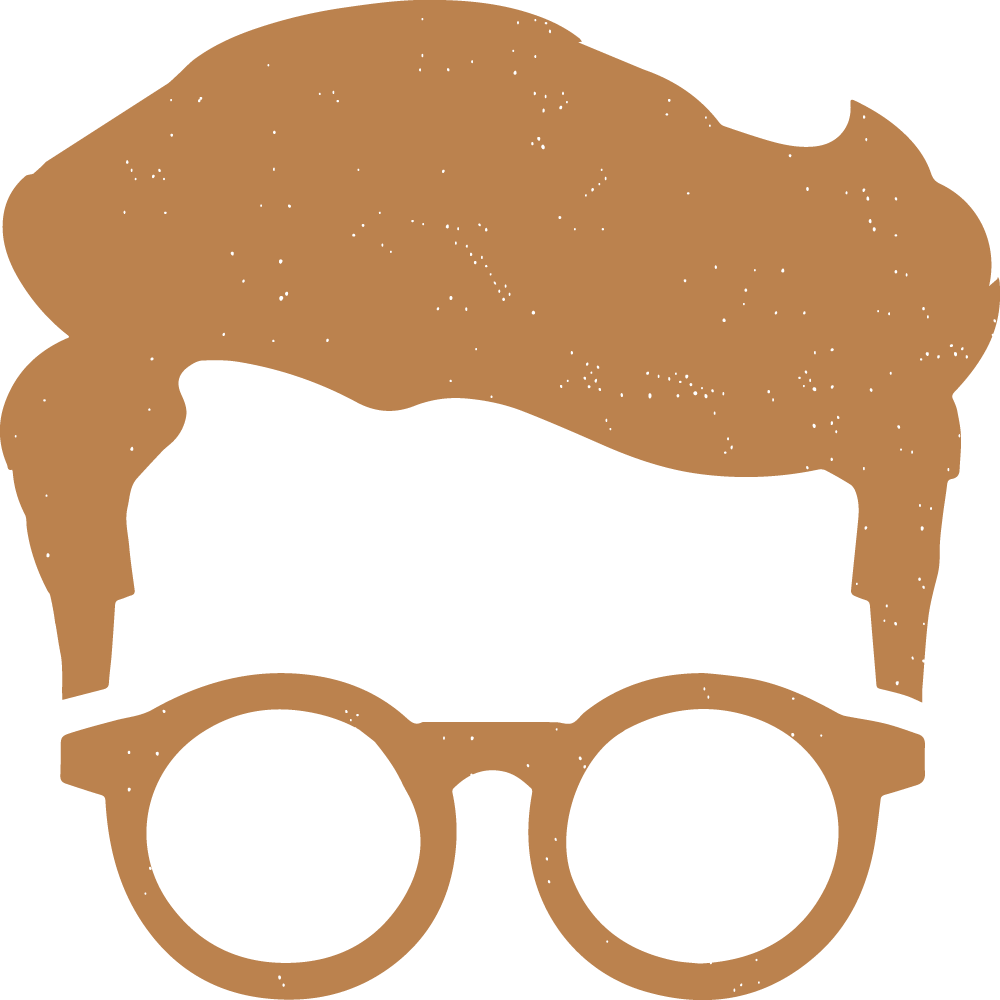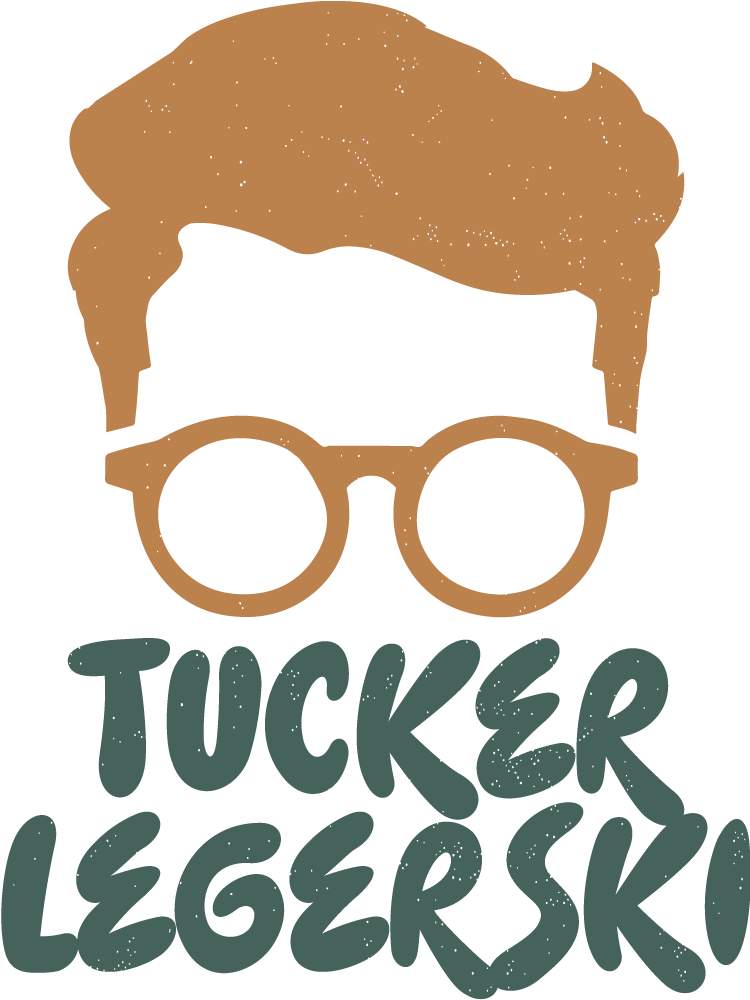Writing is like fishing

What's kept my writing alive has often been inspiration from other writers. Jill Lepore, the historian at Harvard is one of the best writers alive. She is an accomplished author, including a sweeping history of the U.S. She is a New Yorker staff writer. She is a podcaster (She even did a series on Elon Musk back in 2021 that I found more compelling than the work from The Biography Writer Walter Isaacson that lacked rigorous research or strong reporting.)
Jill also seems to be an excellent professor, teacher. I found a PDF from 2009 that breaks down instruction in how to write a paper — which is usually the writer trying to answer a question:
A question isn’t a fish, a very wise historian once said; it’s a fishing
license. It says what kind of fish you’re looking for, and where you’re going to put in your boat. Never go fishing without a license.
Pushing Lepore's metaphor for fishing, this is the shape of writing:
- Get a fishing license (Find a question — this can change! But get a question that will send you out to the water)
- Cast a line and do the research
- Reel in the fish: find primary sources, organize the scholarship and information.
- Gut the fish: Go through the details — outline, align your evidence. See what you want to put on paper. You don't just want a story, or just an argument. Ideally, especially when it comes to history, you want a story and an argument. Draft, write. Draft, write, edit.
- Eat the fish: share and enjoy what you caught.
And if you need an emotional reason to write, just read Lepore's 2019 essay The Lingering of Loss about her close friend Jane, who died from cancer. "...a death that shattered my life," Lepore writes in the intro to her new essay collection. In the essay she writes her motivation:
How do you do it? people sometimes ask me, people often ask me, people always ask me. And why: Why the books? Why the babies? Why the essays? Why so many, why so fast? What’s the rush? Where’s the fire? Jane is the how, the why, the rush, and the fire. She never got to do any of the things we both wanted. Only I did.
If you have the chance to make, to write, to create — and a desire to create that burns in the hearth of your heart — then make it.


Member discussion